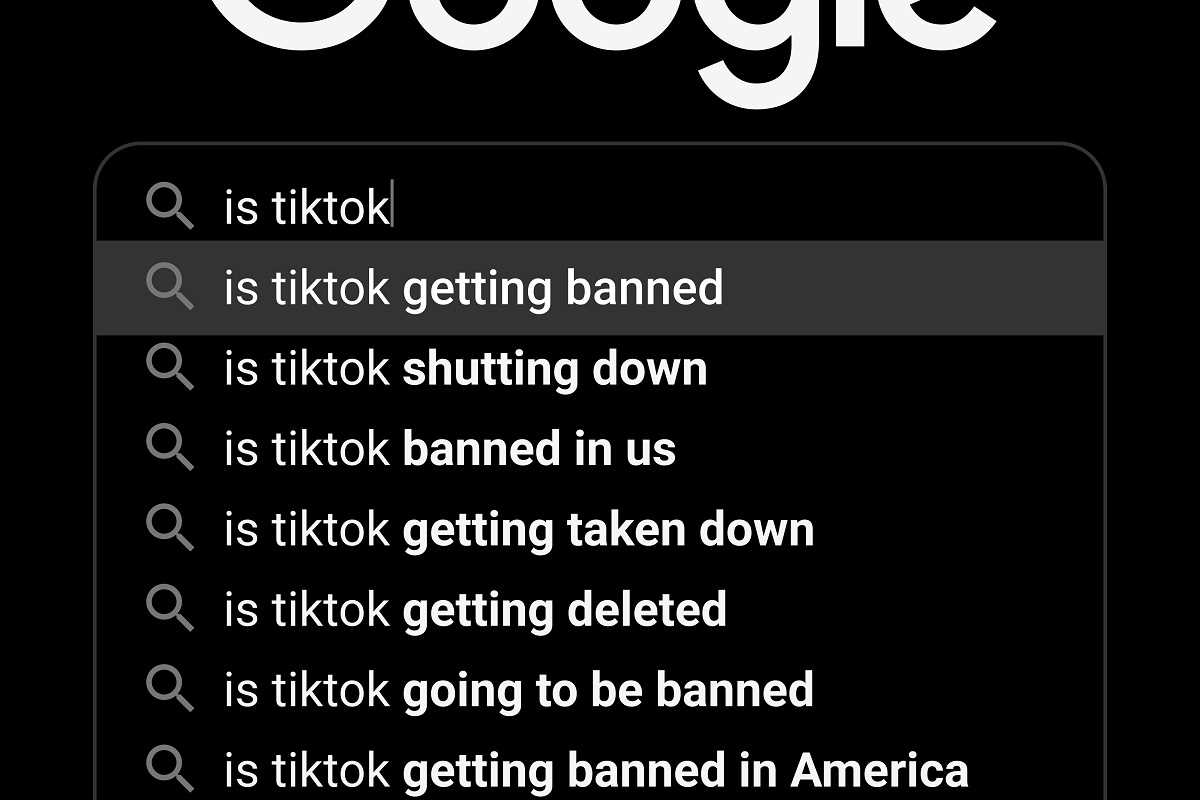When you think about improving your finances, you might imagine budgeting more carefully or getting a better-paying job. But one of the most effective ways to gain control of your money is downsizing. Downsizing means cutting back on the things in your life—like a big house, clutter, or expensive habits—that cost you more than they’re worth. It’s about simplifying and prioritizing what really matters, which doesn’t just save you money but also reduces stress and gives you more freedom.
If you’re wondering how to start or why it’s worth it, here’s a guide to downsizing your life and reaping the benefits.
Why Downsizing Is a Good Idea
Downsizing doesn’t just make your bank account happier—it can also improve your mental and emotional wellbeing.
- Lower Expenses: Bigger homes and more stuff come with bigger bills. Downsizing your home or decluttering your possessions can help you cut costs on rent, utilities, maintenance, and storage fees.
- Less Stress: Clutter and unnecessary expenses often lead to mental clutter. Think about the last time you faced a pile of random stuff you didn’t know what to do with. Downsizing can ease that burden and make you feel more in control.
- More Freedom: When you’re no longer tied down by hefty bills or unnecessary possessions, you gain flexibility. This might mean having the funds to travel, pursue hobbies, or build an emergency fund for the future.
Now that we’ve covered why it’s worth doing, here’s how to start downsizing effectively.
Step 1: Declutter Your Space
A great place to begin downsizing is with your possessions. Many of us have way more than we truly need. It’s time to get real about what you’re keeping and why.
- Sort Into Categories: Start small, like clearing a single drawer or closet, and sort your items into three categories—keep, donate, or toss. If something doesn’t add value to your life or hasn’t been used in over a year, it might be time to say goodbye.
- Sell or Donate Items: Got things in good condition that you don’t need anymore? Sell them online or at a yard sale. Not only will this clear up space, but it’ll also put some extra cash in your pocket. Items you can’t sell can be donated to local charities or thrift stores to help others.
- Adopt a “One in, One out” Rule: For every new item you bring into your home, get rid of one. This helps you stay intentional about what you own and keeps clutter from creeping back in.
For example, if you spot a new pair of sneakers on sale, ask yourself if you’re ready to toss or donate an old pair. If the answer is no, maybe rethink the purchase.
Step 2: Rethink Your Housing
Housing is one of the biggest expenses in most people’s lives. Downsizing to a smaller home or apartment can free up a huge chunk of your finances.
- Move to a Smaller Place: If your current home has rooms you barely use or more square footage than you need, think about moving to something smaller. A two-bedroom apartment with lower rent might meet your needs just as well as a costly three-bedroom house.
- Consider Location: Sometimes, where you live can be just as important as your home’s size. Moving to a less expensive neighborhood or city may lower your overall costs.
- Explore Tiny House Living: Tiny homes have become increasingly popular for those looking to simplify their lives and slash expenses. While it’s a major adjustment, tiny living can save thousands in rent, taxes, and maintenance.
For example, Ben decided to leave his three-bedroom rental for a one-bedroom apartment when he realized he was only using half the space. He now spends $400 less per month, which goes toward savings and weekend trips with friends.
Step 3: Simplify Your Lifestyle
Downsizing isn’t just about where you live or what you own—it’s also about shifting your daily habits to focus on what’s important.
- Cut Subscriptions and Memberships: Review recurring expenses, like streaming subscriptions, gym memberships, or meal delivery plans. If you’re not using them regularly, cancel them.
- Cook More at Home: Eating out can quickly drain your wallet. By meal-prepping or cooking simple dishes at home, you’ll save money and likely eat healthier.
- Reduce Transportation Costs: Look at your transportation options. If you live in an area with good public transit, consider giving up your car or switching to a less expensive model. Walking or biking whenever possible can also cut costs and keep you active.
For instance, Sara realized she was spending $200 a month on gym classes she rarely attended. After canceling her membership, she started jogging in her neighborhood for free and saw the exact same results.
Step 4: Focus on Experiences Instead of Things
Rather than filling your life with more “stuff,” try putting your time and money into experiences that bring you joy. Studies show that people who invest in experiences—like traveling, attending events, or spending time with loved ones—are often happier than those who prioritize material possessions.
- Instead of buying a new gaming system, consider spending that money on tickets to a concert or a road trip.
- Plan meaningful quality time with friends or family that doesn’t involve spending a lot, like a scenic hike or a game night at home.
Step 5: Track the Benefits
Downsizing isn’t just a one-time activity—it’s a lifestyle shift. Keep track of how it’s improving your finances and mental clarity to stay motivated.
- Create a savings goal to work toward, like paying off debt or building an emergency fund. Watch how much faster you can save money after cutting down on unnecessary expenses.
- Notice how having fewer things to manage or maintain makes you feel. A tidy, simple space often leads to a calmer mind.
Downsizing your life is about cutting out the clutter—both physical and financial—and focusing on what truly matters. By simplifying your living space, rethinking your spending habits, and prioritizing meaningful experiences, you can reduce expenses, lower stress, and gain more freedom. It’s a change that requires effort, but the long-term rewards are worth it.
The next time you’re wrestling with an overflowing closet or a tight budget, think of downsizing as a chance to hit reset. With small steps, you can make big improvements to your financial wellbeing—and maybe even your happiness.







